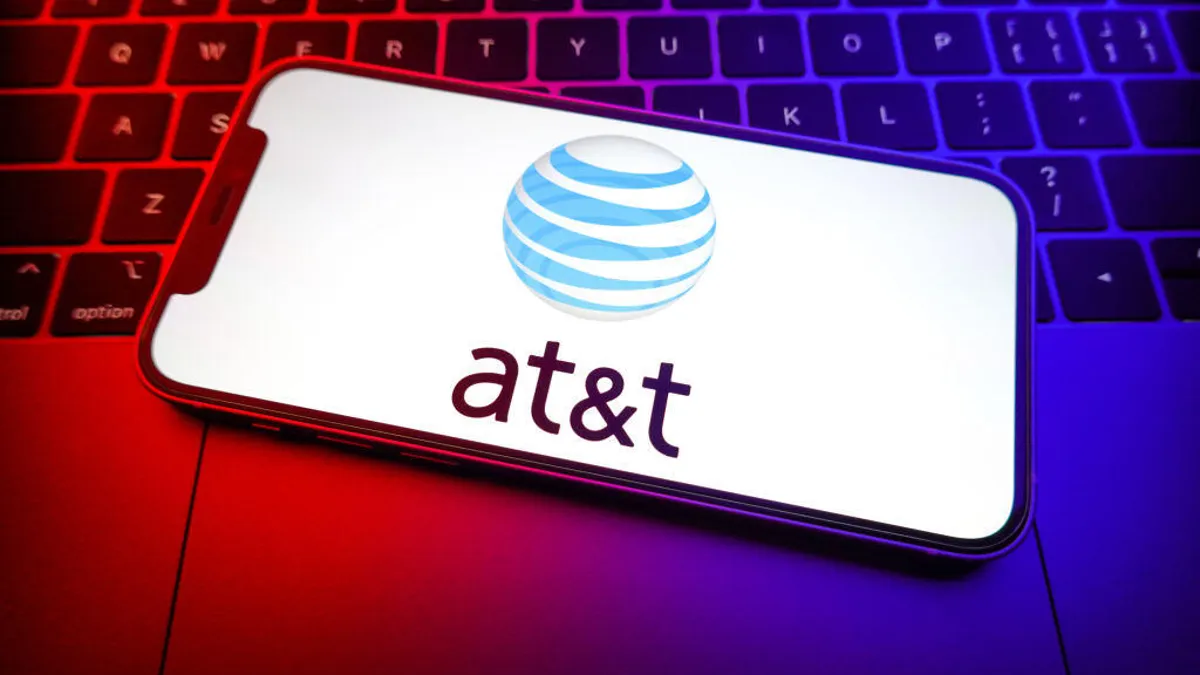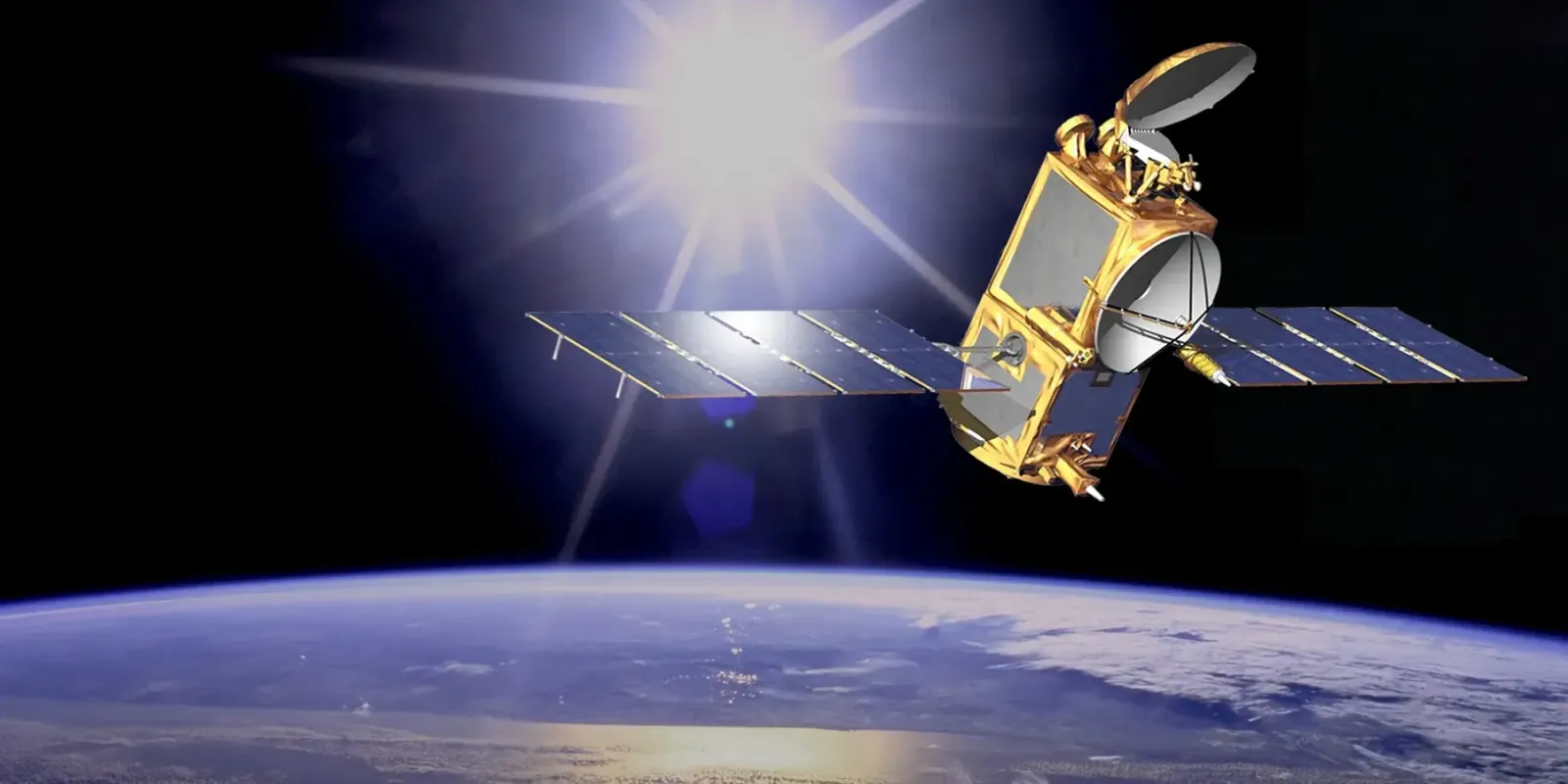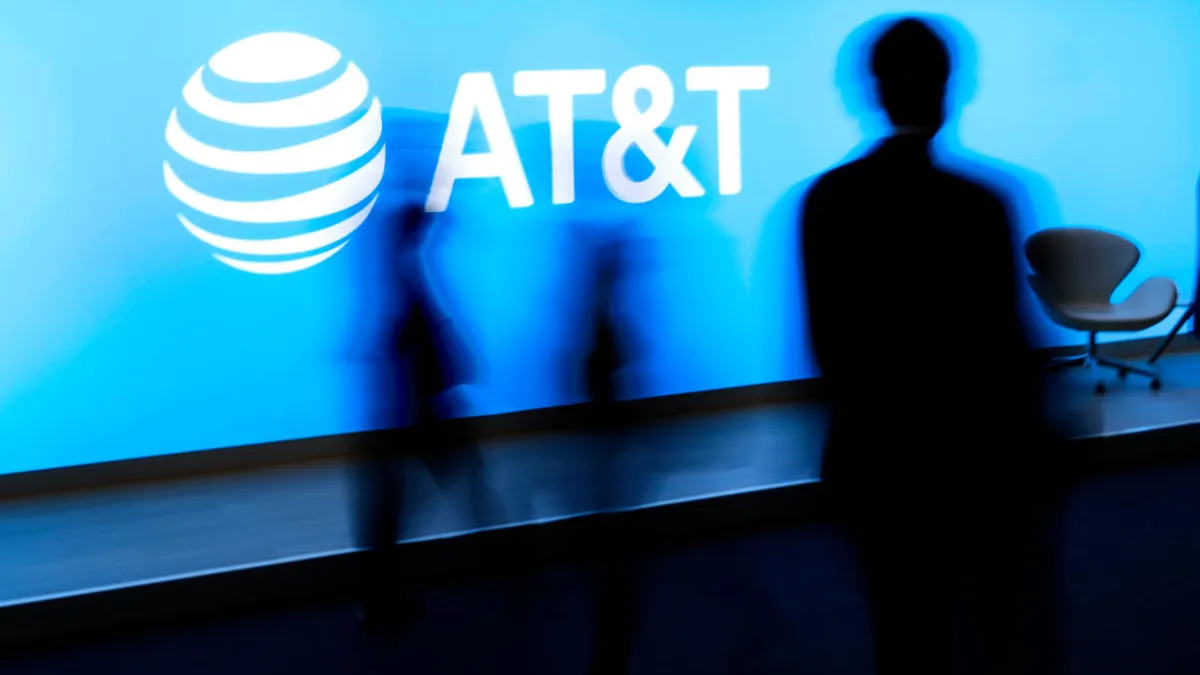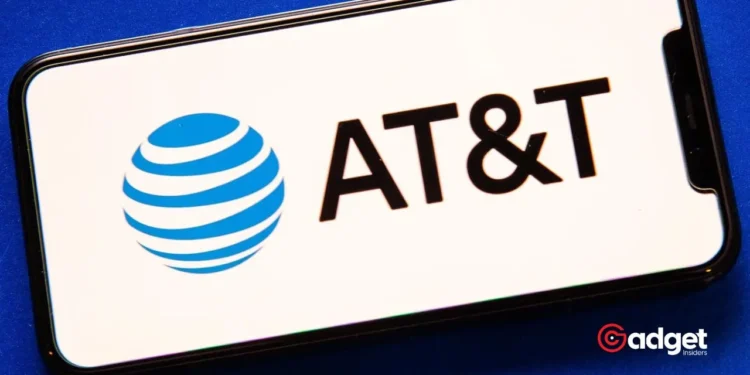In a groundbreaking move that promises to reshape the landscape of mobile connectivity, AT&T has announced a definitive commercial agreement with AST SpaceMobile. This partnership is set to provide AT&T subscribers with reliable cell service in locations traditionally known as connectivity dead zones. Whether you’re nestled in the heart of a national park or stationed in remote rural expanses, the forthcoming service pledges to keep you connected.

Bringing Satellite Power to Smartphones
Since 2018, AT&T and AST SpaceMobile have been laboriously testing the viability of two-way audio calls, texts, and video calls via satellites. These tests have been conducted using ordinary smartphones, simplifying what was once considered a complex technological endeavor. The recent shift from a Memorandum of Understanding to a solid commercial agreement signals that AT&T is on the brink of equipping regular smartphones with satellite capabilities.
🔥AT&T CELL OUTAGE WAS A TEST🔥The AT&T CEO and high level executives have all received satellite communication access and those in the know are expecting an attack that would take out all cell tower infrastructure in the US. The US cellular network has been infiltrated and there… pic.twitter.com/8TN6Bd5AeT
— Online Shogun (@online_shogun) February 24, 2024
“Phones usually need proximity to cell towers to receive service. This limitation restricts connectivity in secluded areas such as forests or mountains,” explains an AT&T spokesperson. The innovative satellite-to-phone service by AT&T will employ satellites acting as cell towers. Positioned strategically in orbit, these satellites are designed to deliver continuous connectivity, even in the most isolated areas.

A New Era of Communication Awaits
This summer is poised to be a pivotal moment for AT&T’s ambitious project, as it coincides with the scheduled rocket launch that will deploy five commercial AST satellites into space. These satellites are not only integral to the initial rollout of the service but are also the forerunners in a planned constellation that could revolutionize how we think about mobile communication.
While AT&T has been somewhat reticent about the specific timeline and potential additional costs for this enhanced capability, the implications of such technology are profound. It represents a significant stride towards universal connectivity, a concept that once seemed far-fetched but is now increasingly tangible.

Rising Competition in Satellite-Enhanced Mobile Services
The push towards satellite-enhanced mobile services isn’t unique to AT&T. The carrier’s announcement comes amidst a backdrop of competitive advancements in the same field. Notably, T-Mobile and SpaceX’s Starlink have been developing a similar technology. Last year, Starlink launched its first satellites capable of direct-to-cell service, and T-Mobile successfully conducted the first text message exchange using this technology. Their plan to offer satellite-based texting services to the public later this year indicates a heating competition in this nascent market.
As AT&T gears up to transform every smartphone into a satellite phone, subscribers can look forward to a future where being out of service might become a thing of the past. Whether in the depths of a forest or the expanses of the ocean, the world is set to stay connected, unfettered by geographical bounds.










